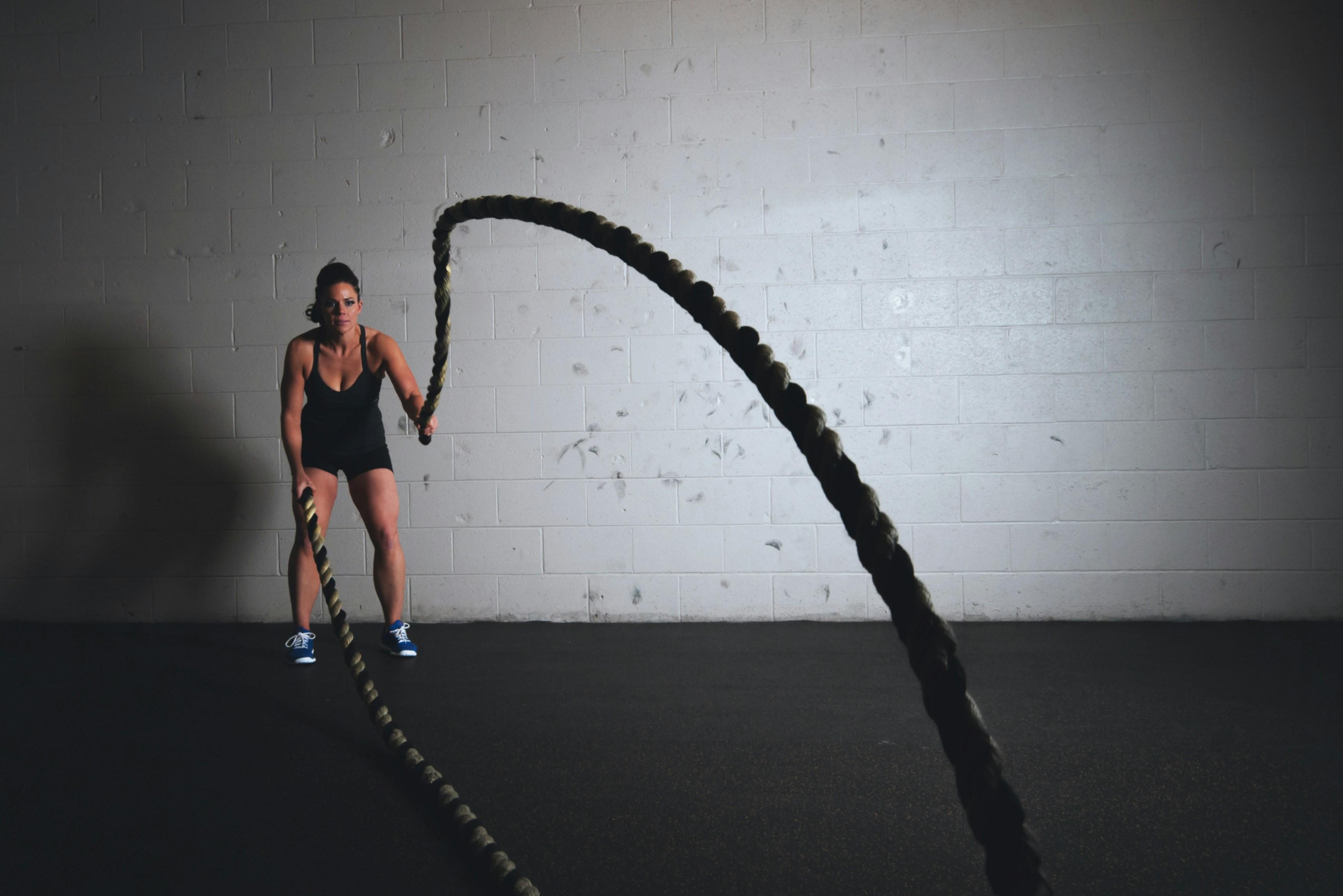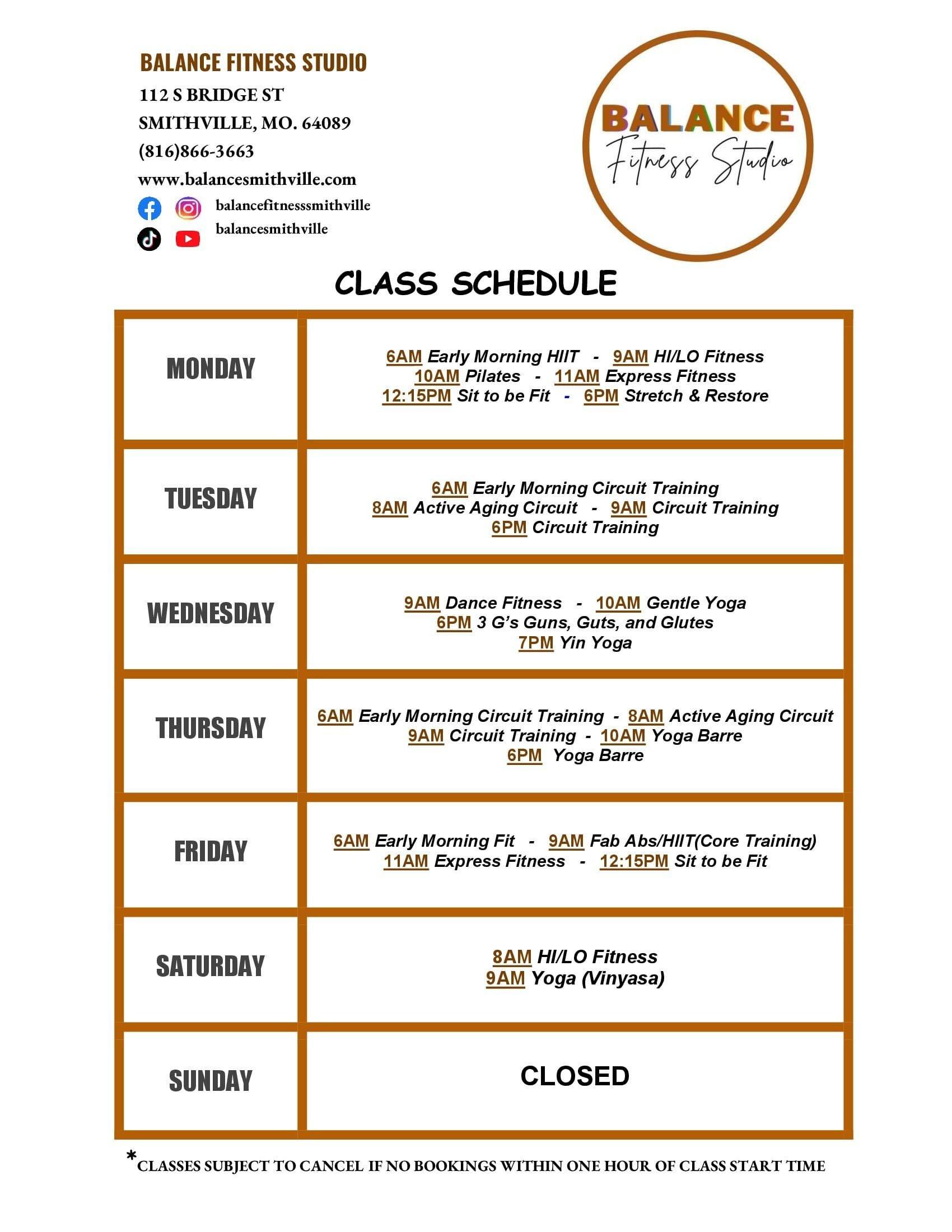In the relentless pursuit of fitness goals, where each step on the treadmill and every rep at the gym counts, there lies an often-overlooked adversary: stress. This silent companion, lurking in the shadows of our busy lives, can derail even the most dedicated fitness enthusiasts. While we meticulously plan our workouts and nutrition, the weight of stress can pull us off course, sapping energy and motivation. But fear not, for within the chaos lies an opportunity to harness stress, transforming it from a hindrance into a powerful ally. In this article, we delve into a repertoire of stress management techniques designed not only to lighten your mental load but also to fortify your journey towards achieving your fitness aspirations. Whether you’re a seasoned athlete or just starting out, these strategies will equip you with the tools to maintain balance, resilience, and unwavering focus on your path to wellness.
Understanding the Mind-Body Connection in Fitness
Embracing the harmony between your mental and physical well-being can significantly enhance your fitness journey. The intricate dance between mind and body is not just a philosophical concept but a practical approach to achieving your fitness goals. Stress, a common hurdle in this journey, can be managed effectively through mindful techniques that bolster both mental resilience and physical performance. Consider incorporating the following strategies into your routine:
- Mindful Breathing: Practicing deep, focused breathing can help calm the mind, reduce anxiety, and lower cortisol levels, which in turn supports muscle recovery and growth.
- Visualization Techniques: Imagining your workout success can enhance motivation and performance. Visualizing each movement with precision helps establish a stronger mind-muscle connection.
- Progressive Muscle Relaxation: This involves tensing and then relaxing each muscle group, promoting physical relaxation and helping to relieve stress-induced muscle tension.
- Gratitude Journaling: Taking time to reflect on positive experiences and progress can shift your mindset, increasing overall well-being and motivation.
- Mindful Movement Practices: Activities like yoga or tai chi not only improve flexibility and strength but also encourage a meditative focus that can alleviate stress.
By integrating these practices, you can cultivate a robust mind-body synergy that not only supports your fitness goals but also enriches your overall quality of life. The power of the mind can indeed become the greatest ally in your quest for physical excellence.

Harnessing Breathing Techniques for Enhanced Performance
Unlock the potential of your breath to propel your fitness journey by incorporating intentional breathing techniques into your routine. These methods, often overlooked, can transform the way your body responds to stress, ultimately enhancing your performance. By focusing on the rhythm and depth of your breath, you can regulate your body’s response to exertion and recovery, creating a more balanced and effective workout. Here are some key breathing techniques to consider:
- Diaphragmatic Breathing: Engage your diaphragm to take deep, full breaths that fill your lungs, enhancing oxygen flow and reducing tension.
- Box Breathing: A structured pattern of inhaling, holding, exhaling, and pausing, which helps in calming the mind and stabilizing heart rate.
- Alternate Nostril Breathing: This technique can help balance the body and mind, improving focus and reducing anxiety levels.
Integrating these breathing exercises into your daily routine not only bolsters physical performance but also cultivates a state of mental clarity and resilience. With consistent practice, you’ll find yourself navigating stress with greater ease, paving the way for more sustainable fitness achievements.

Incorporating Mindfulness Practices into Your Workout Routine
Integrating mindfulness into your exercise regimen can enhance both your mental and physical well-being, transforming your workout into a more holistic experience. By focusing on the present moment, you can improve your form, reduce the risk of injury, and increase the effectiveness of your workouts. Here are some simple ways to blend mindfulness with your fitness routine:
- Start with Intention: Before you begin, take a moment to set a clear intention for your workout. Whether it’s building strength, improving endurance, or simply enjoying movement, having a purpose helps anchor your focus.
- Breath Awareness: Pay attention to your breathing. Inhale deeply through your nose and exhale through your mouth, synchronizing your breath with your movements. This not only calms the mind but also enhances oxygen flow to your muscles.
- Body Scan: As you exercise, perform a mental scan from head to toe, noticing any tension or discomfort. Adjust your posture or movements to maintain a balanced and relaxed state.
- Mindful Listening: Choose music or sounds that enhance your mood and motivation. Let the rhythm guide your pace, allowing yourself to fully immerse in the experience.
Incorporating these mindful practices not only supports stress management but also aligns your mental state with your fitness objectives, creating a more rewarding and sustainable workout routine.

Crafting a Balanced Schedule to Reduce Fitness-Related Stress
Striking the right balance in your schedule is key to minimizing stress and achieving your fitness aspirations. Start by identifying the essential elements of your routine and allocate specific time slots for each activity. This could include workouts, meal preparation, work commitments, and personal time. By creating a structured yet flexible plan, you can ensure that fitness remains a priority without overwhelming your daily life.
- Prioritize Tasks: Determine which activities are non-negotiable and which can be adjusted or eliminated.
- Incorporate Rest Days: Allow your body and mind to recover by scheduling regular breaks from intense workouts.
- Set Realistic Goals: Avoid overloading your schedule with ambitious targets that may lead to burnout.
- Stay Adaptable: Life is unpredictable. Be prepared to adjust your schedule as needed to maintain balance.
Embracing a balanced approach not only supports physical health but also nurtures mental well-being. A well-crafted schedule serves as a roadmap, guiding you through your fitness journey with less stress and more fulfillment.
In Conclusion
As we draw the curtains on our exploration of stress management techniques tailored to support your fitness goals, remember that the journey to well-being is as much about nurturing the mind as it is about strengthening the body. By weaving practices like mindfulness, balanced nutrition, and restorative rest into the fabric of your daily routine, you create a resilient tapestry that can withstand the pressures of modern life. Embrace these strategies not as rigid rules, but as gentle guides on your path to harmony. With each mindful breath, nourishing meal, and moment of reflection, you fortify the bridge between your mental and physical health. So, step forward with renewed clarity and confidence, knowing that the tools for transformation lie within your grasp. Your fitness journey is uniquely yours—navigate it with grace and watch as both stress and barriers dissolve in your wake.

